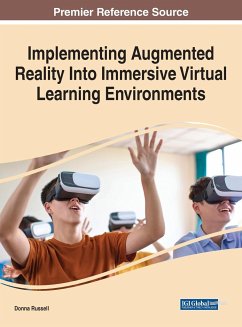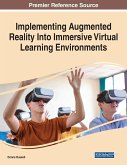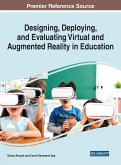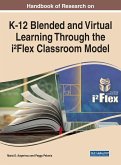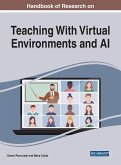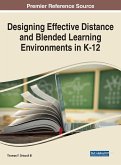The potential to integrate augmented reality into educational settings has led to the development of myriad programs for implementing these transformative technologies into education. However, the transformative learning processes possible for learners can best be developed through integration in immersive virtual learning environments. The integration of augmented reality (AR) technologies into education involves matching the potential of AR with the most effective instructional model for immersing learners in the learning process. With current research focused heavily on blended or online learning, augmented reality fits right into the new technologies and trends that are being developed and utilized on a consistent basis. There is a need for research that provides detailed curriculum guides, templates for designing virtual worlds, evaluation processes, and immersive learning procedures that can be utilized to provide the best educational environment for student success. Implementing Augmented Reality Into Immersive Virtual Learning Environments provides current research for the integration of transformative new technologies into multiple educational settings. Examining the why, what, and how of integrating augmented reality into immersive virtual learning technologies, this book covers various educational settings, such as nursing education, sports coaching, language education, and more. While highlighting the benefits for virtual reality, its role in remote learning, the logistics of simulation, and branches of it such as gamification, this book is ideally intended for teachers, school administrators, teacher educators, practitioners, IT specialists, educational software developers, researchers, academicians, and students interested in integrating augmented reality in educational programs.

